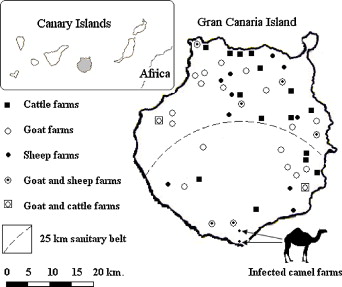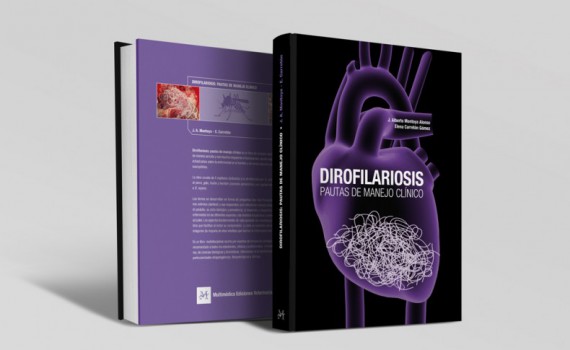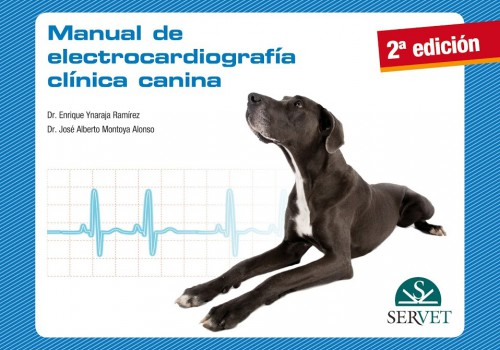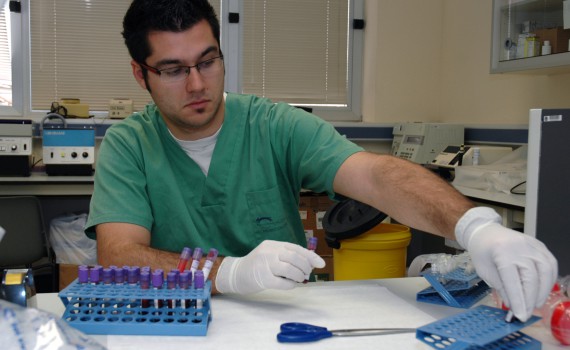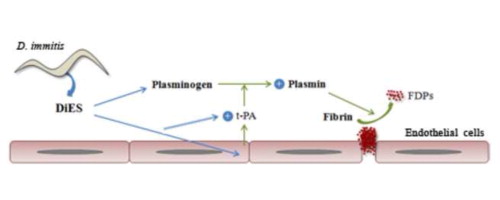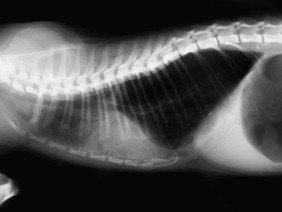
Evaluation of pulmonary function variables by using plethysmography in cats with respiratory disease associated to Dirofilaria immitis.
Veterinary Parasitology. Volume 187, Issue 1-2, 8 June 2012, Pages 254-258
García-Guasch, L., Caro-Vadillo, A., Manubens-Grau, J., Carretón, E., Morchón, R., Simón, F., Montoya-Alonso, J.A.
Abstract
Heartworm Associated Respiratory Disease (HARD) is a pulmonary syndrome that results from the vascular and parenchymal inflammatory response associated with the arrival and death of Dirofilaria immitis in the distal pulmonary arteries. Barometric whole-body plethysmography (BWBP) is a non-invasive pulmonary function test (PFT) that allows a dynamic study of breathing patterns and is useful to study airway disease and the response to different treatments. The aim of this prospective non-blinded study was to compare respiratory function variables between healthy cats and HARD cats (seropositive to D. immitis) by use of BWBP. Twenty-five healthy cats and six HARD cats were put into the plethysmograph chamber and different respiratory variables were measured. The results were analyzed and compared between the two groups of animals. There were significant differences for bronchoconstriction index variables Pause (P-value < 0.001) and enhanced pause (P-value < 0.001), minute volume (P-value < 0.05) and tidal volume (P-value < 0.05) between healthy and HARD cats. There were no significant differences in respiratory rate and inspiratory and expiratory times between both groups of animals. The results obtained in our study support that HARD cats show significant differences in pulmonary function variables obtained by BWBP due to an acute inflammatory response at bronchial, vascular and parenchymal level. This PFT could be a useful method to facilitate the diagnosis of pathological states of bronchoconstriction in HARD cats.

